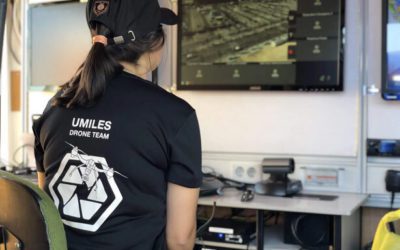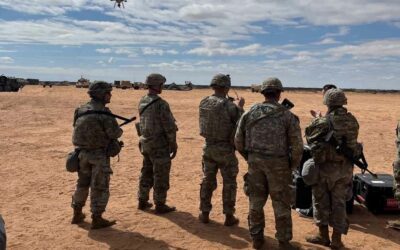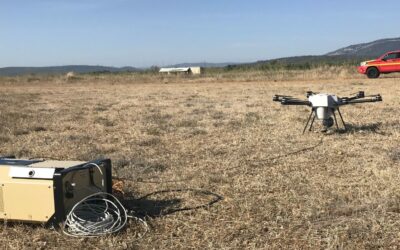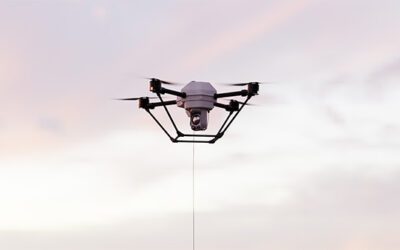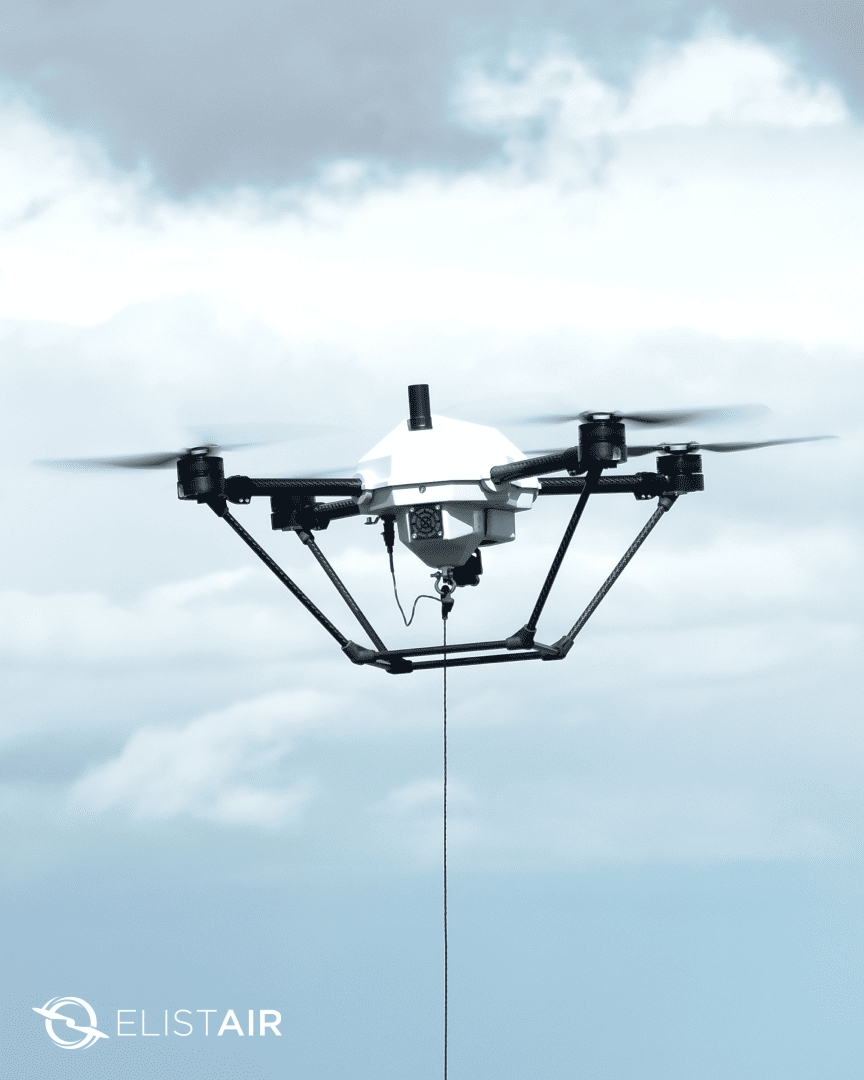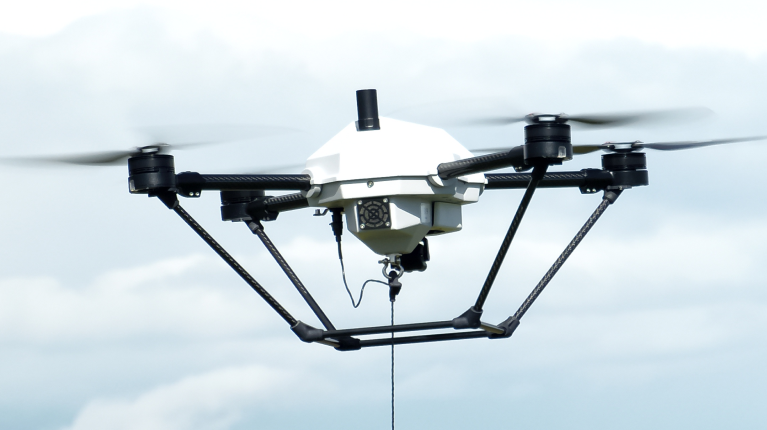Défis et solutions en matière de sécurité des événements : Des drones à l'analyse en temps réel
L'équipe Elistair
13 minutes
At the end of 2017, the General Secretary of Interpol was worried. There was a rise in hooliganism, terrorism, and cyber security threats. These threats targeted major international sports events, like the 2016 Euro. Jurgen Stock described a security strategy that “is becoming more international and complex, and requires more than ever cooperation between law enforcement agencies”.
Additionally, we must think about reputational risks from social networks, which are becoming more influential.
On the one hand, the risks surrounding major events have therefore got diversified. On the other hand, insurance companies and their teams now have higher security needs. They also face pressure from politics and the media.
“It is not a question of raising the bar, but rather, by relying on anticipation, consultation and coordination, to assess the degree and level of the threat, and to adapt our response accordingly”, stressed the speakers at the “Security Thursdays”, an event organized by S&D Magazine and Milipol (the International Security Expo) on the theme of security at major events.
Major events often require security forces, both private and state. They must be ready to respond to various threats to ensure this type of event security.
So what new tools and safety solutions are available to them?
See wider: the tethered drone, a safe, agile and powerful asset for events security
Organizers are now more hesitant to allow drones at their events. We recall the drone that crashed near ski champion Hirscher during a slalom in Italy. However, the tethered drone is a popular choice for la surveillance aérienne over larger areas for major events security.
During the 2017 Festival of Lights, the Orion system monitored the city of Lyon. They also used this tethered drone system during the 2018 Ryder Cup and the Peace Forum in Paris. This tethered drone, designed by Elistair, is a reliable tool and a strong solution for events safety.
Indeed, it is reassuring as it flies out of area, at several tens of meters high and is attached to a micro-tether that supplies it permanently with power and prevents any escape. It is also an incredible asset providing an overview and panoramic view of the area up to 200 hectares, with unprecedented accuracy, by being connected in real time and permanently to the command post.
The tethered solution is much better for costs, time, and reducing risks. It is more efficient than using helicopters or a network of video cameras. Those options require a lot of setup and takedown.
CNN and the NFL have experienced these solutions during the 53rd Super Bowl, using Elistair Ligh-T compact tethering stations to empower DJI M200 drones. This allowed to provide instant broadcast and aerial surveillance.
Finally, on mobile events – such as demonstrations or pilgrimages – other technical solutions have been successfully tested, such as mini-drones deployed by the Thales group in support of mobile teams on the pilgrimage of Our Lady of Guadalupe, near Mexico City. In a near future, and thanks to its wide range of applications, we can be sure that the tethered drone should also make its entry into this field.
Instant analysis and cross-referencing tools: new softwares
A tethered drone usually gathers all the information during a mission, and operators process it at “control stations.” These stations monitor the security system in place.
While human remain the best analysts, decision support tools are flourishing. These types of solutions “chew” the analysts’ work. This is the case of the Czech group DataFromSky.
DataFromSky is a software that uses video recordings. It counts the number of vehicles present, and also calculates their speeds and accelerations. Finally, it classifies the vehicles and detects any anomalies, all in real time. Such solutions allow quicker judgment, more immediate command and easier action in the field.
Communicating commands in real time: what could be simpler than an application?
During major events, the command post gets a lot of information to process. It must also direct many security personnel. These personnel need to guide the public during any risky situation. To communicate more effectively, new solutions have emerged and offer real time information to as many people as needed for the event security.
This is the case with the Notico Safe application of Deveryware group, which was designed on the fringes of the 2016 Euro in France, to deliver an alert or information – behavioral advice, instructions… – at any time to targeted populations: agents, populations in crisis situations…
Thanks to a great mastery of geolocation, “it also allows to relay on social networks the alerts in progress” says Alain Vernadat, Deveryware CEO. The company, member of the Data Intelligence Cluster that competes with the American Palantir solution, has a bright future ahead of it.
Acting in the field: anti-drone solutions.
Admittedly, when we talk about acting on the ground, we still imagine security forces officers at work. But new technological solutions also help to limit human risk… Indeed, with several cases of drone threats in recent years, particularly in Washington, Tokyo and Dresden, it has become urgent to propose anti-UAV solutions that are a good example of this action “on the ground but at a distance”.
Founded in 2010, the American company Department 13, for example, has developed a unique anti-drone technology that uses radio frequency manipulation to support any drone when it flies over a defined exclusion zone. The technology allows the operator to detect, identify and take control of the drone in limited airspace by manipulating the wireless radio protocol running on the ISM band… for a smooth response.
The Future of Events Security: Precision and Teamwork in a High-Tech Landscape
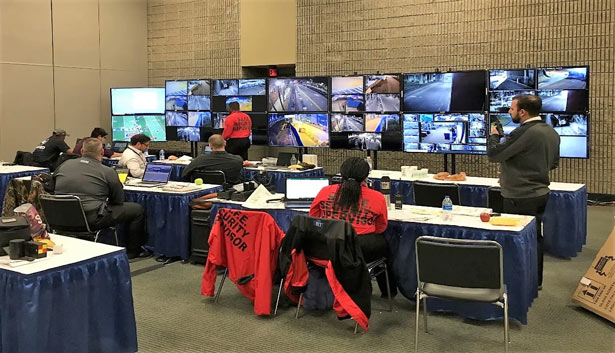
New risks are affecting major events. To ensure their success and the event security, it is important for all stakeholders to work together. This includes organizers, host cities or countries, participants, public authorities, private groups, and spectators, as well as airborne security.
High-tech tools now help security forces act faster et prevent problems. This is different from the 2012 Olympic Games in London.
Back then, they used many resources, including 41,700 people for security. This number included 13,500 military and 12,000 police officers. They also used combat aircraft and ground-to-air missiles.
The key to a good security system therefore not only lies in the synergy of human forces, but also in the precision of anticipation and intervention, which is made easier by new technological tools, such as security drones.


